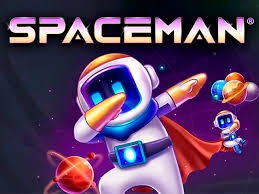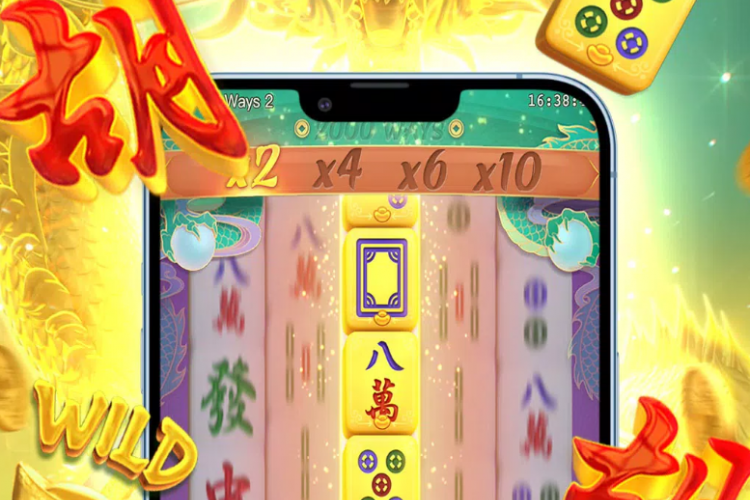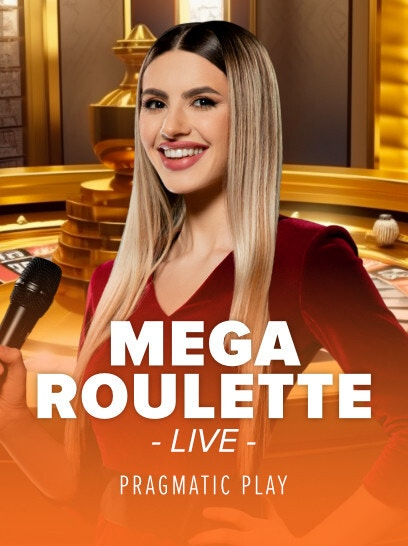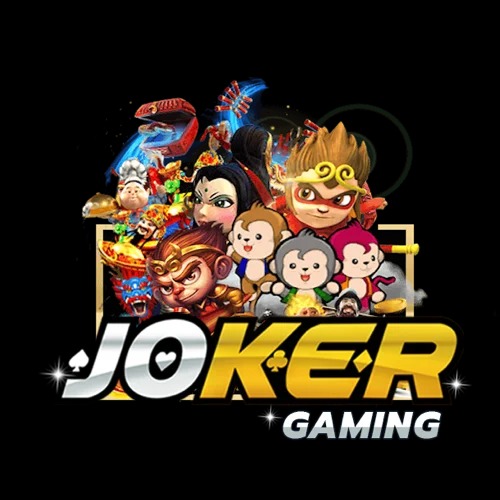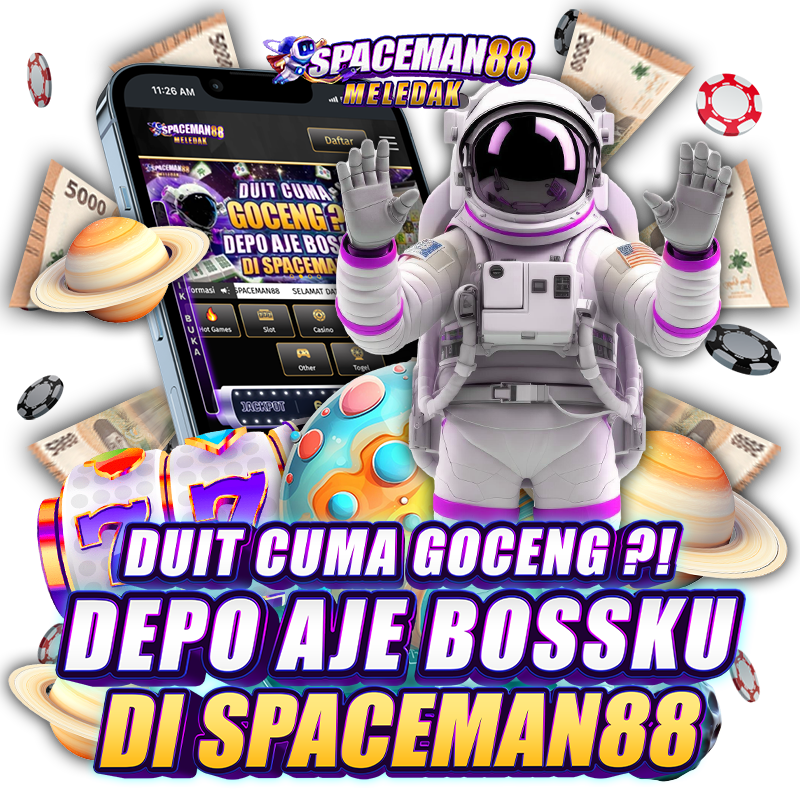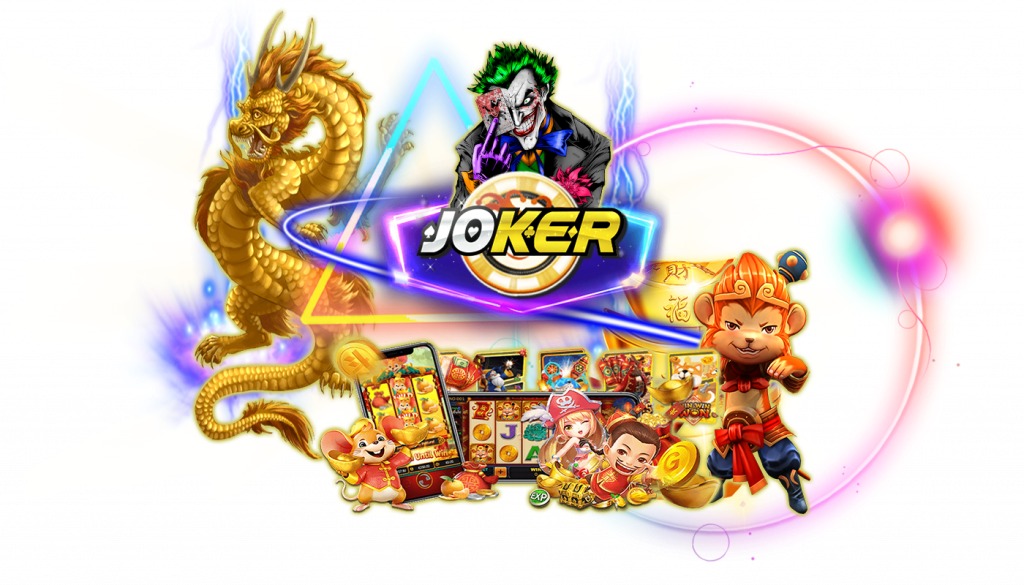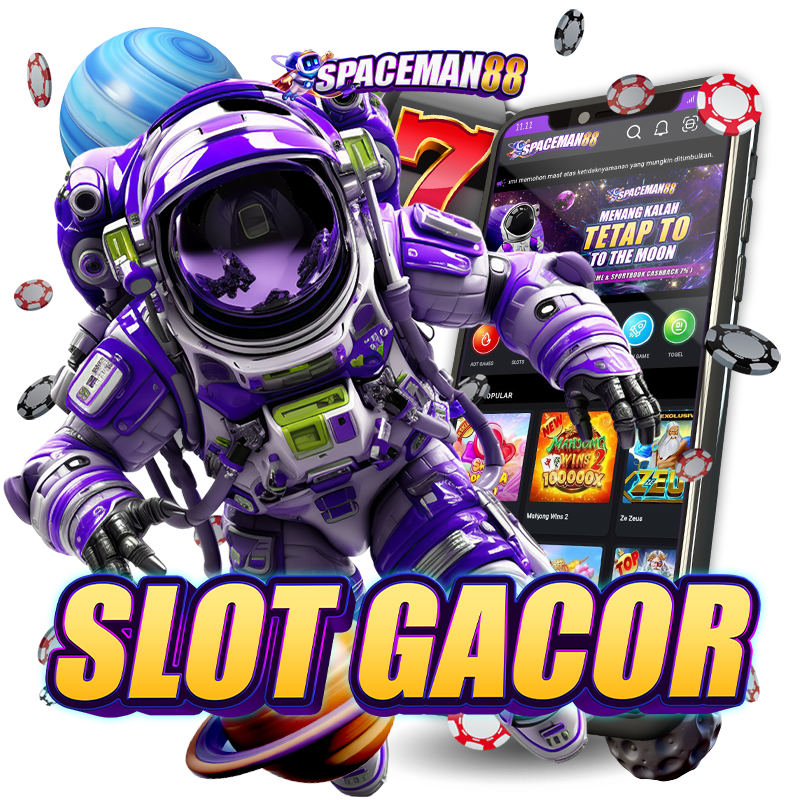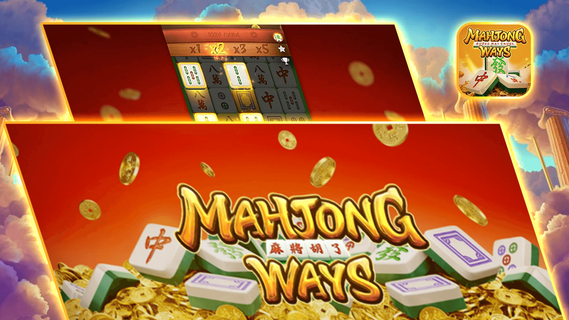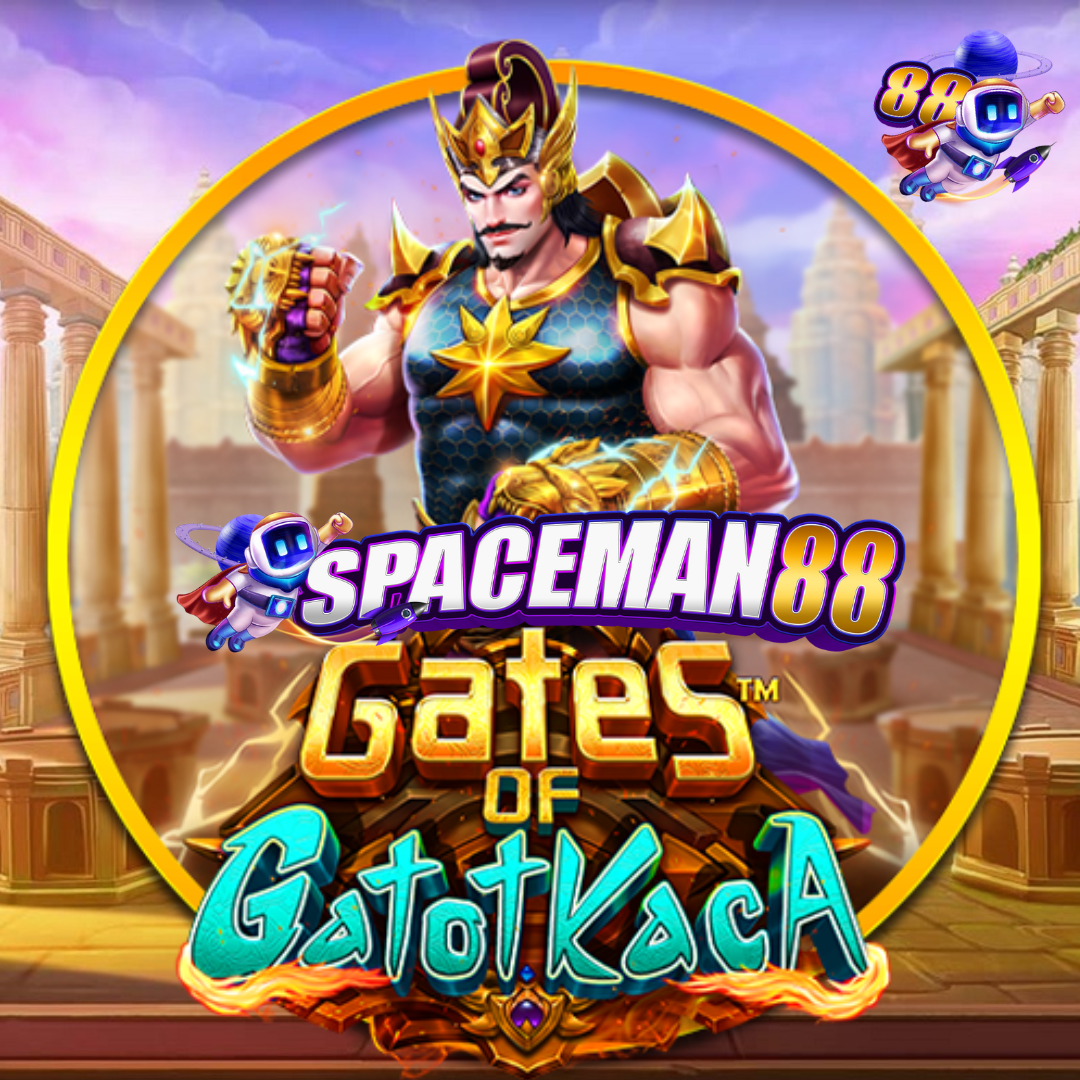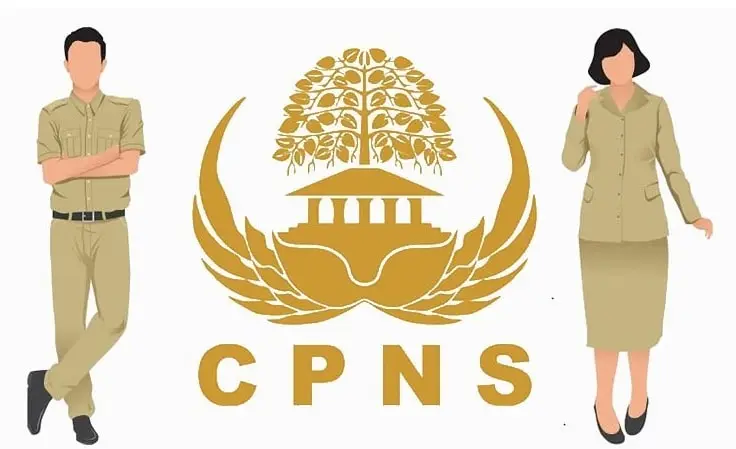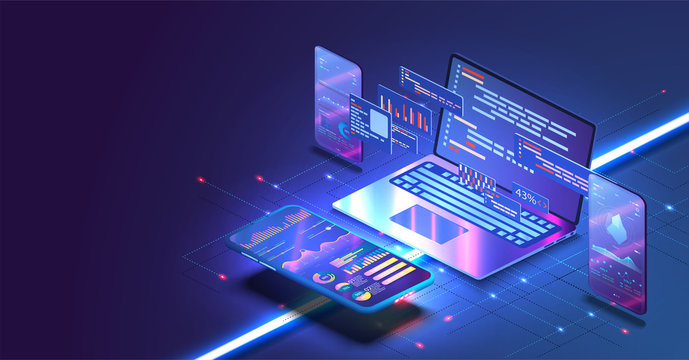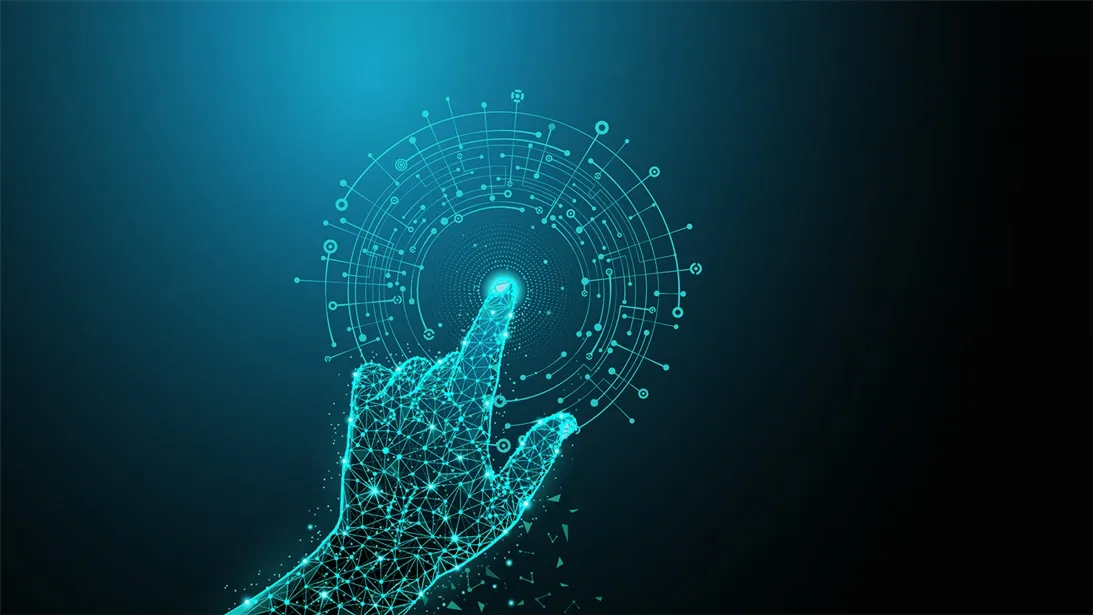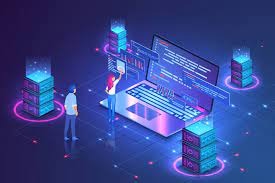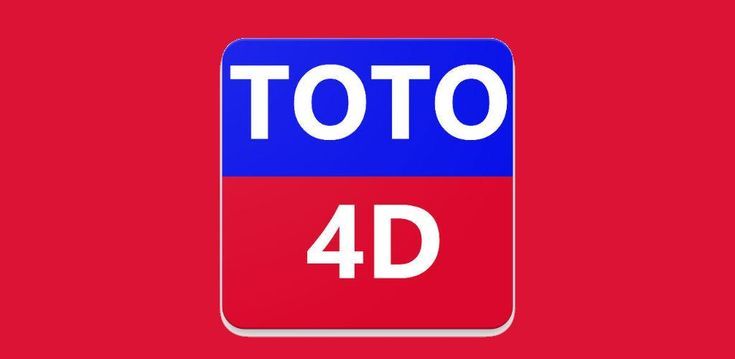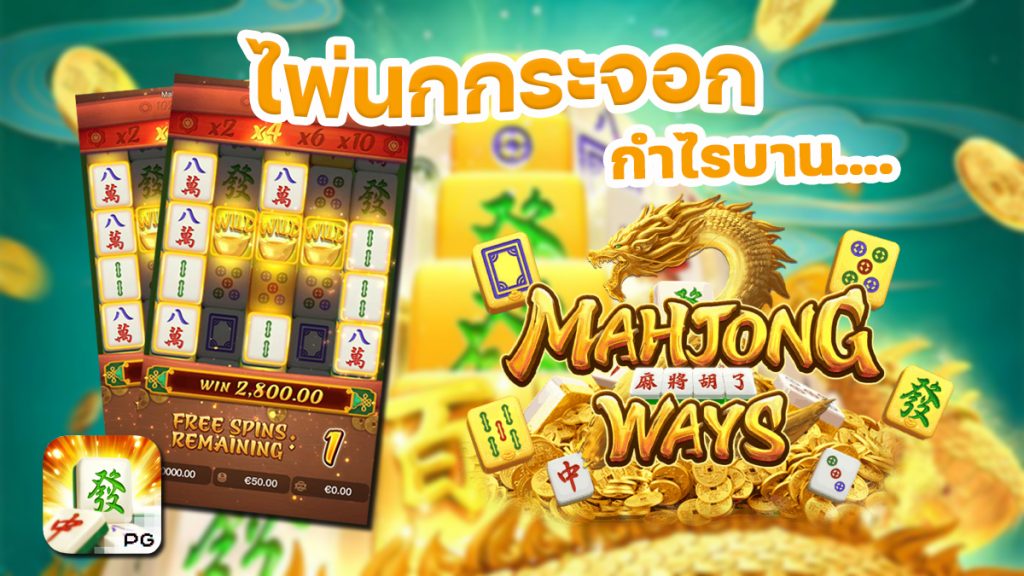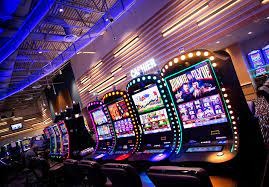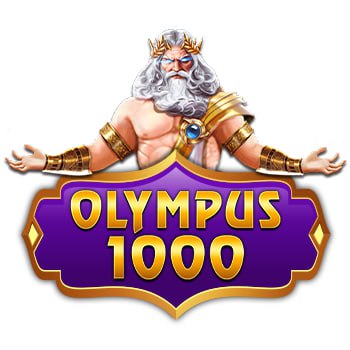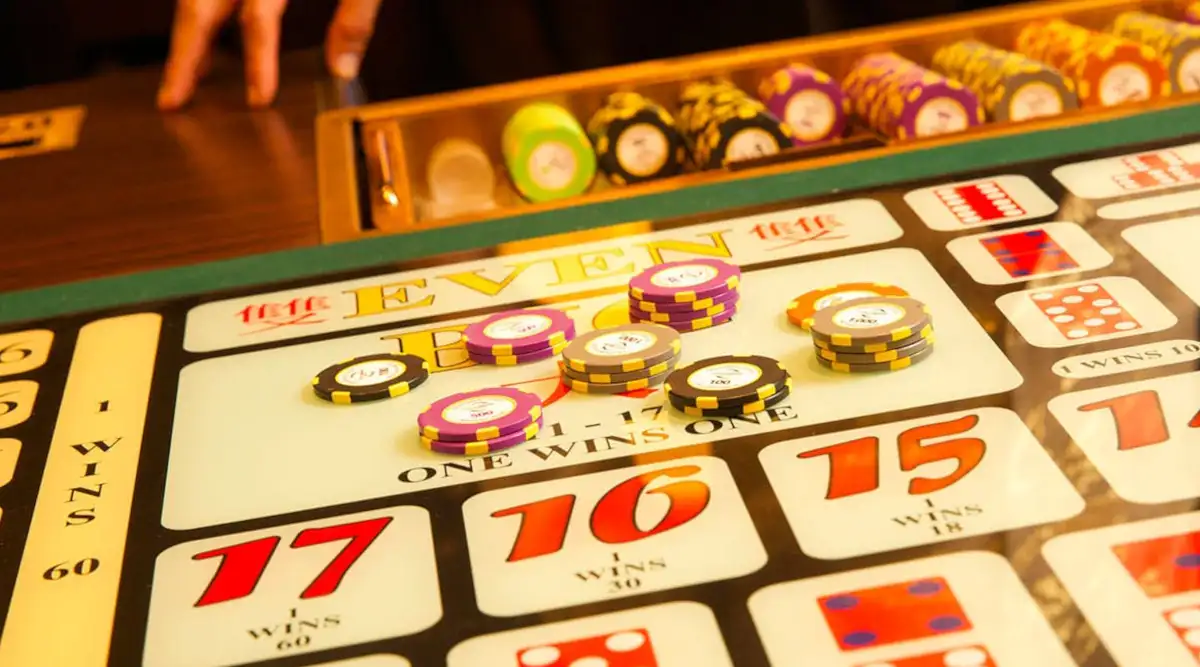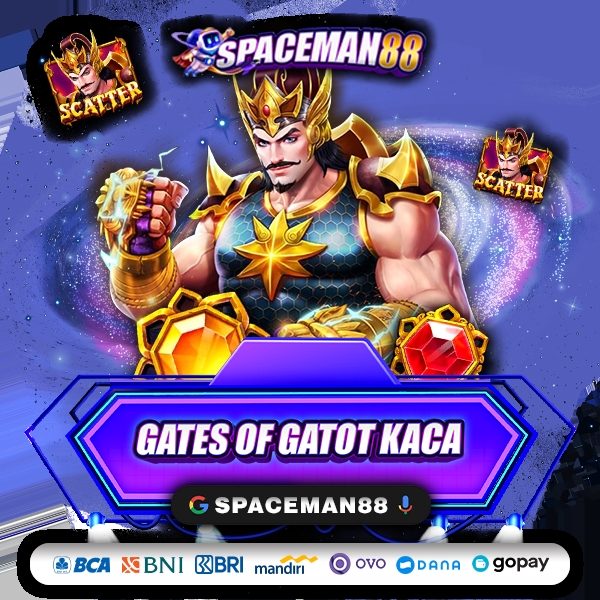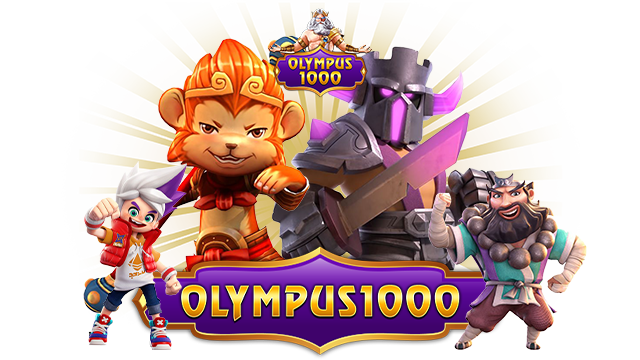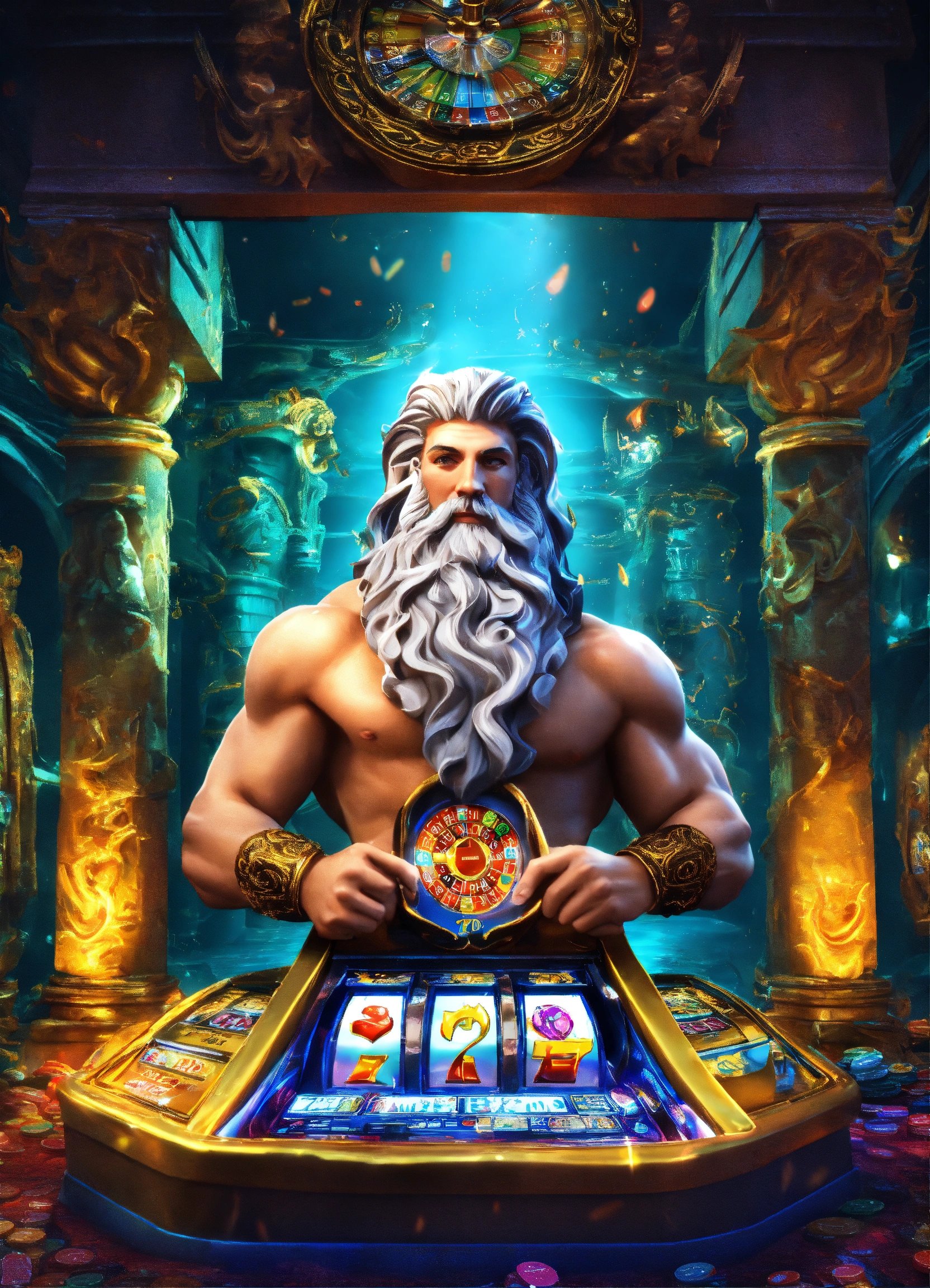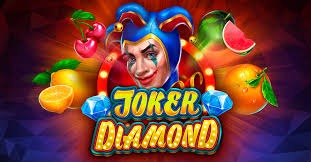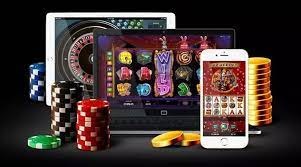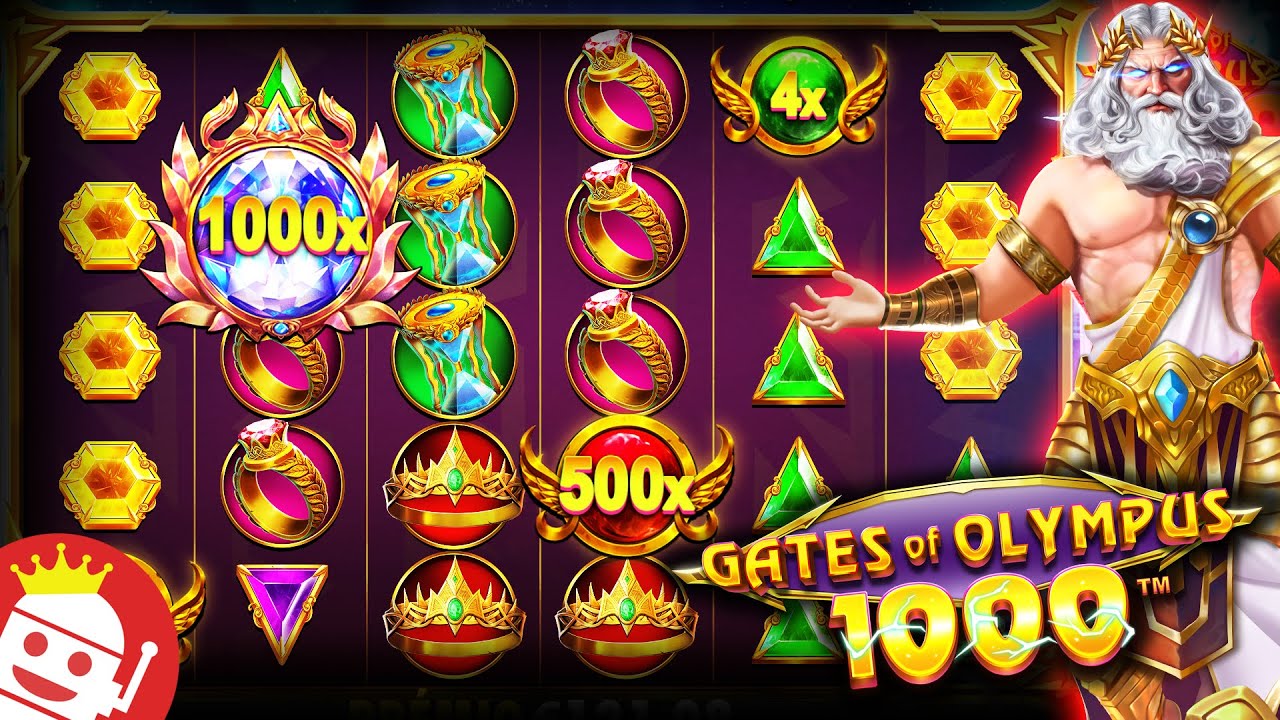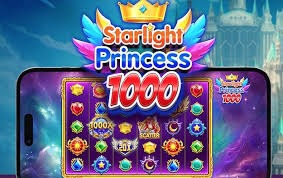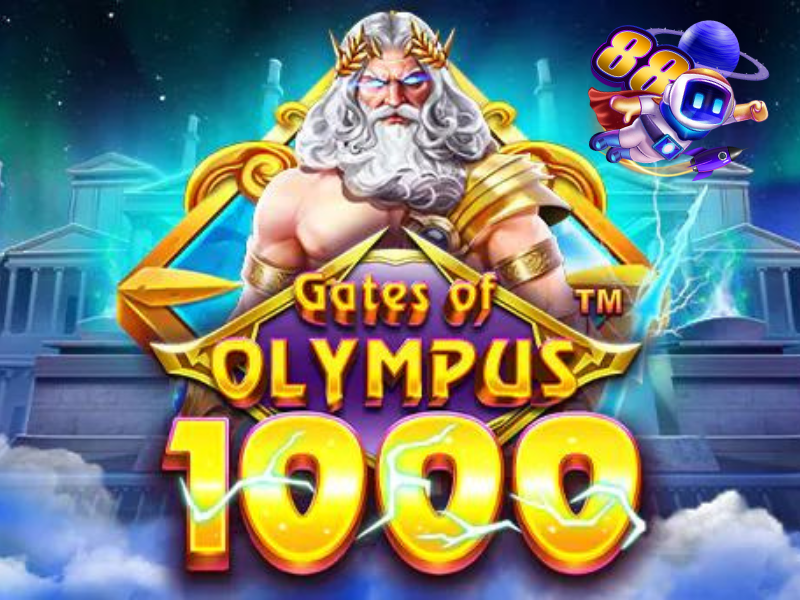Le Anh Tian, the founder of Baller Ape Club, launched the collection only to delete the project’s entire website, launder the project’s $2.6 million investor funds, and transfer it across multiple blockchains (aka chain-hopping). Le Anh Tuan was charged by the Department of Justice with conspiracy to commit wire fraud and conspiracy to commit international money laundering on June 30, 2022. You can create a collectible as a single image or as multiple images. Depending on the marketplace you use to host your NFT, you may be able to add a name, description, and other metadata to your token. You’re also able to set royalty amounts on your NFT, which are percentages you will make from every subsequent sale on the secondary market.
Assets with fungibility mean that each unit is identical, interchangeable, and divisible. Fungible assets are used everyday like the US dollar, Bitcoin, and even company reward points. In contrast, non-fungible assets mean that each unit is entirely unique from one to another. For example, real estate is non-fungible because each property is different from one to another due to varying features like layout, size, location, zoning, utilities, and valuation.
How to buy an NFT
Non-fungible tokens and their smart contracts allow for detailed attributes to be added, like the identity of the owner, rich metadata, or secure file links. The potent of non-fungible tokens to immutably prove digital ownership is an important progression for an increasingly digital world. They could see blockchain’s promise of trustless security applied to the ownership or exchange of how to implement a python stack almost any asset. NFTs can have only one owner at a time, and their use of blockchain technology makes it easy to verify ownership and transfer tokens between owners.
Should You Buy NFTs?
• The existing internet is too centralized, and NFTs could help decentralize it. Right now, most people who make media on the internet (artists, musicians, video game streamers, etc.) put their work on giant platforms like Spotify, YouTube and Facebook. Those platforms are great for building an audience, but they’re not great for making money. NFTs, they say, make it possible for creators to sell defi bursts onto the finance scene unique digital objects directly to their fans, keeping a much bigger chunk of the revenue for themselves. An artist like 3LAU might sell one album NFT to a superfan for $3.6 million, and make more money than they would have from a lifetime’s worth of Spotify streams.
NFTs can also represent ownership of real-world assets like real estate to introduce additional liquidity into traditionally fragmented markets. The tokenization of real estate significantly increases the efficiency of transferring ownership and provides a single source of truth around the authenticity and provenance of a specific property. The concept of tokenizing real-world assets can be expanded to include many asset types such as physical paintings, government documents, certifications, and diplomas. Similar to the ERC20 standard used by most fungible tokens, NFTs were commonly built upon the ERC721 token standard—a templated smart contract that outlines how an how are your cryptoassets taxed NFT functions with other smart contracts and users. The ERC721 standard accelerated both the development and launch of new NFTs, as well as the creation of various marketplaces like Rarible, OpenSea, and SuperRare.
Typically, non-fungible tokens are not divisible, in the same way that you cannot send someone part of a concert ticket; part of a concert ticket wouldn’t be worth anything on its own and would not be redeemable. However, in recent months some investors have experimented with the concept of fractionalized NFTs, though they remain a legal grey area and could be seen as securities. In addition, the verification processes for creators and NFT listings aren’t consistent across platforms — some are more stringent than others. OpenSea and Rarible, for example, do not require owner verification for NFT listings.
Real Estate NFTs
Blockchains have given music artists the ability to tokenize their work through music NFTs as a way to increase their revenue and foster fanbase engagement. Another kind of theft — the kind that involves creating NFTs out of copyrighted or protected material — is also common. Many artists have complained about their work being turned into NFTs and sold as “official” versions without their permission. And while many platforms have tried to clamp down on the sale of stolen NFTs, some theft is probably inevitable given the lack of oversight in the market. They attract a specific audience of collectors or buyers because they are much more specific than cryptocurrencies. If you find yourself holding an NFT you no longer want, it might be difficult to find a buyer if that type is no longer popular.
Originally released for free, CryptoPunks now command huge sums; at time of writing, the cheapest punks are on offer for six-figure sums, while the rarest punks, including aliens, apes and zombies, sell for millions of dollars. Even payments giant Visa has got in on the action, snapping up CryptoPunk #7610 as part of its collection of “historic commerce artefacts”. In March 2021, digital artist Beeple sold an NFT collage of his work for $69 million, making him the third most expensive living artist at auction, after David Hockney and Jeff Koons.
Since June 2017 there has been a total of $25 billion spent on NFTs, including a further $21 billion in secondary sales. For starters, NFTs are personal property, in a way most other digital goods aren’t. But NFTs live in their owners’ crypto wallets, which aren’t chained to any particular platform, and they can use them any way they choose. Yes, there have been a number of NFT thefts in recent months, as the price of popular NFTs has climbed. Thieves recently targeted several members of the Bored Ape Yacht Club — whose NFT cartoons of ennui-stricken apes often sell for six or seven figures apiece — by tricking them into giving up the passwords to their crypto wallets. And hackers recently stole $1.7 million worth of NFTs from users of OpenSea, the largest NFT trading platform.
Early projects
People spend money on objects of no practical value all the time — maybe to feel good, maybe to show off to their friends, maybe to signal membership in a group. Some objects we buy are tangible (designer clothes, expensive jewelry) and some are digital objects (Fortnite skins, short Instagram usernames). Empires have been built selling useless luxuries to rich people, and even if all that NFTs represented was a new class of luxury digital good, they would still be worth taking seriously as an emerging industry. Several years ago, people realized that blockchains (the shared, decentralized databases that power Bitcoin and other cryptocurrencies) could be used to create unique, uncopyable digital files. And because these files were simply entries on a public database, anyone could verify who owned them, or track them as they changed hands.
Although these platforms and others are host to thousands of NFT creators and collectors, be sure you do your research carefully before buying. Some artists have fallen victim to impersonators who have listed and sold their work without their permission. But many NFTs, at least in these early days, have been digital creations that already exist in some form elsewhere, like iconic video clips from NBA games or securitized versions of digital art that’s already floating around on Instagram. Security issues relating to NFTs are most often related to phishing scams, smart contract vulnerabilities or user errors (such as inadvertently exposing private keys), making good wallet security critical for NFT owners.
- Another investor parted with $222,000 to purchase a segment of a digital Monaco racing track in the F1 Delta Time game.
- By enabling digital representations of assets, NFTs are a step forward in the reinvention of this infrastructure.
- This is an attractive feature as artists generally do not receive future proceeds after their art is first sold.
- Cryptocurrencies aim to act as currencies by either storing value or letting you buy or sell goods.
- NFTs can be created by anybody and require few or no coding skills to create.
Examples of NFTs
However, the game itself has a steep learning curve, and with individual Axies trading for hundreds of dollars, assembling a team to get started isn’t cheap. Fungible tokens are identical, they have the same attributes and value when exchanged. The trading volume for non-fungible tokens hit $10.67 billion in Q3 2021, an increase of 700% from the previous quarter. You can send someone one Bitcoin and they can send one back, and you still have one Bitcoin. (Of course, the value of Bitcoin might change during the time of exchange.) You can also send or receive smaller amounts of one Bitcoin, measured in satoshis (think of satoshis as cents of a Bitcoin), since fungible tokens are divisible.
Non-fungible tokens (NFTs) are one of the fastest-growing sectors in the crypto industry. In this guide, we explore what they are, how they work, and how they’re being used. Brands like Charmin and Taco Bell have auctioned off themed NFT art to raise funds for charity. Charmin dubbed its offering “NFTP” (non-fungible toilet paper), and Taco Bell’s NFT art sold out in minutes, with the highest bids coming in at 1.5 wrapped ether (WETH)—equal to $3,723.83 at time of writing.
In this article, we cover what NFTs are, the rapid growth of the NFT collectibles economy, the features that make NFTs desirable, and the different types of NFTs in industries ranging from art to gaming. Then, we’ll explore how you can build your own NFT collection with cutting-edge Web3 tools such as Chainlink Verifiable Random Function (VRF). • NFTs are still a brand-new technology, and we can’t yet see all of the ways in which they will be used. Digital scarcity is a genuinely important concept that will open up an entirely new economy of unique digital goods, and we should be patient and open-minded while we wait to see what’s going to be built with them. If it helps, you can think of NFTs as like the certificate of authenticity you might get if you bought an expensive sculpture. The sculpture could be copied or forged — or someone could break into your house and steal it — but because you have the certificate of authenticity, you can prove that you are the owner of the original.
One feature of NFTs is that they can be made interoperable — that is, unlike buying a skin in Fortnite that can only be used inside Fortnite, you can theoretically take NFTs with you from one virtual environment to another. An NFT sword you purchase in one video game might come in handy in a different game. Or a cartoon animal you’ve bought as an NFT could become your avatar in a V.R. And if you get mad at OpenSea, you can easily take your NFTs (which live in your crypto wallet, not on OpenSea’s servers) and trade them on a different platform.

